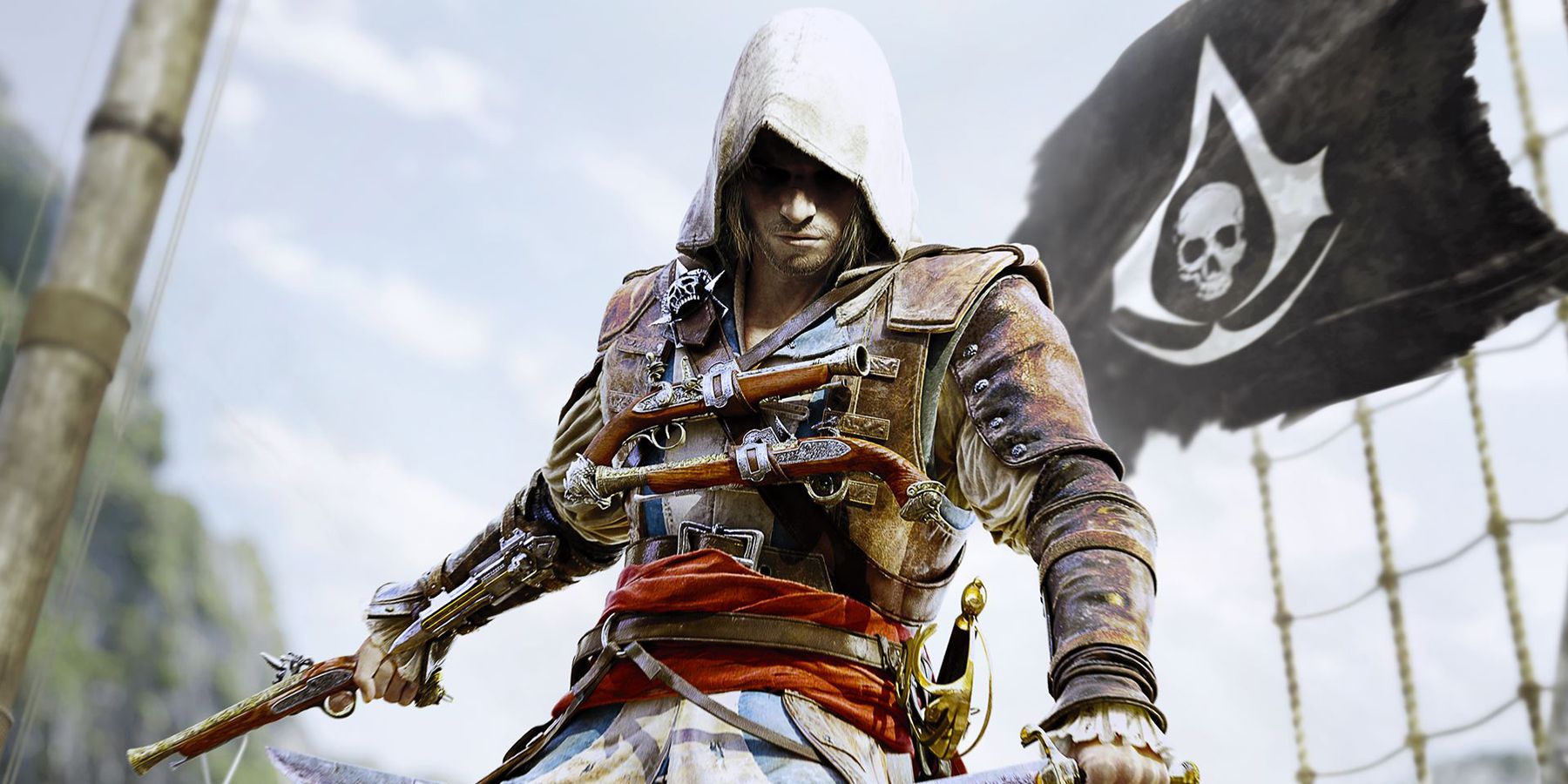
Assassin's Creed IV: Black Flag, like all other Assassin's Creeds, is based on a real time period in human history. In this case, it's the open seas of the 1700s. As players sail around the Caribbean during the height of piracy (the kind committed with boats, not computers), they'll encounter several AC: Black Flag characters who are actually real-world historical figures of that era.
When AC: Black Flag came out in 2013, the historical and modern-day aspects of the Assassins and Templars were still key pieces of the story. The past-set sections follow pirate and Assassin Edward Kenway as he finds out about the conflict between the two groups. The modern-day timeline takes players to the 21st century as an Abstergo (Templar) agent.
During Edward's 18th-century adventures, players can meet seven real-life historical figures. All historical information below comes via Encyclopedia Britannica, unless otherwise noted.
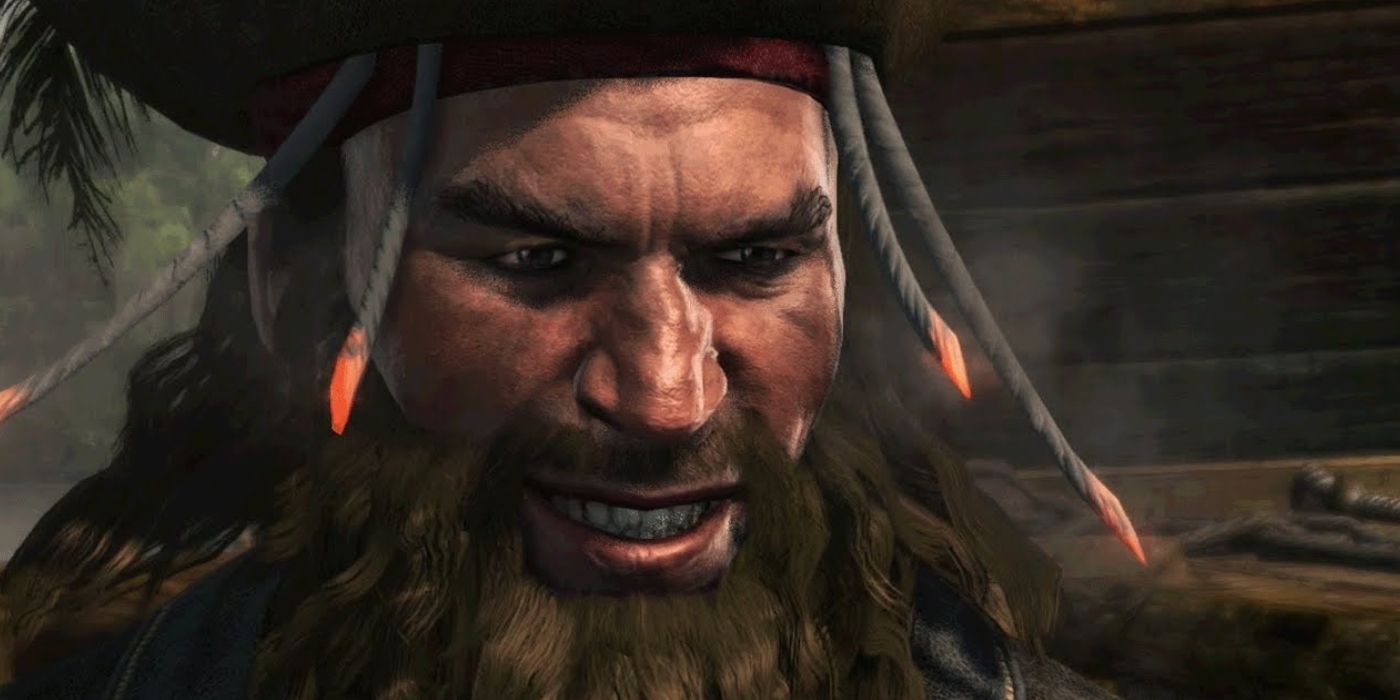
Edward Thatch
The most notable and recognizable real character in AC: Black Flag is Edward Thatch, the infamous pirate known as Blackbeard. Blackbeard was born sometime in the late 1600s, and historians believe he was raised in Bristol, England. Other than those two vague claims, not much is known about Blackbeard's life before his reign as a pirate. As an adult, however, Blackbeard became infamous for his acts of piracy, using his appearance to intimidate his victims. He was killed in 1718 after angering the governor of Virginia, who sent soldiers after him.
Benjamin Hornigold
Shortly before his death, Blackbeard became the second-in-command for Benjamin Hornigold, another real-life pirate who appears in ACL Black Flag. Hornigold was cautious and refused to attack British ships, which frustrated his crew and caused them to vote him out as captain, according to the Queen Anne's Revenge Project. Eventually, Hornigold was pardoned by the king and became a pirate hunter, turning on his former acquaintances to help out the governor of the Bahamas. According to 1724's disputed A General History of the Pyrates, he died in a shipwreck.
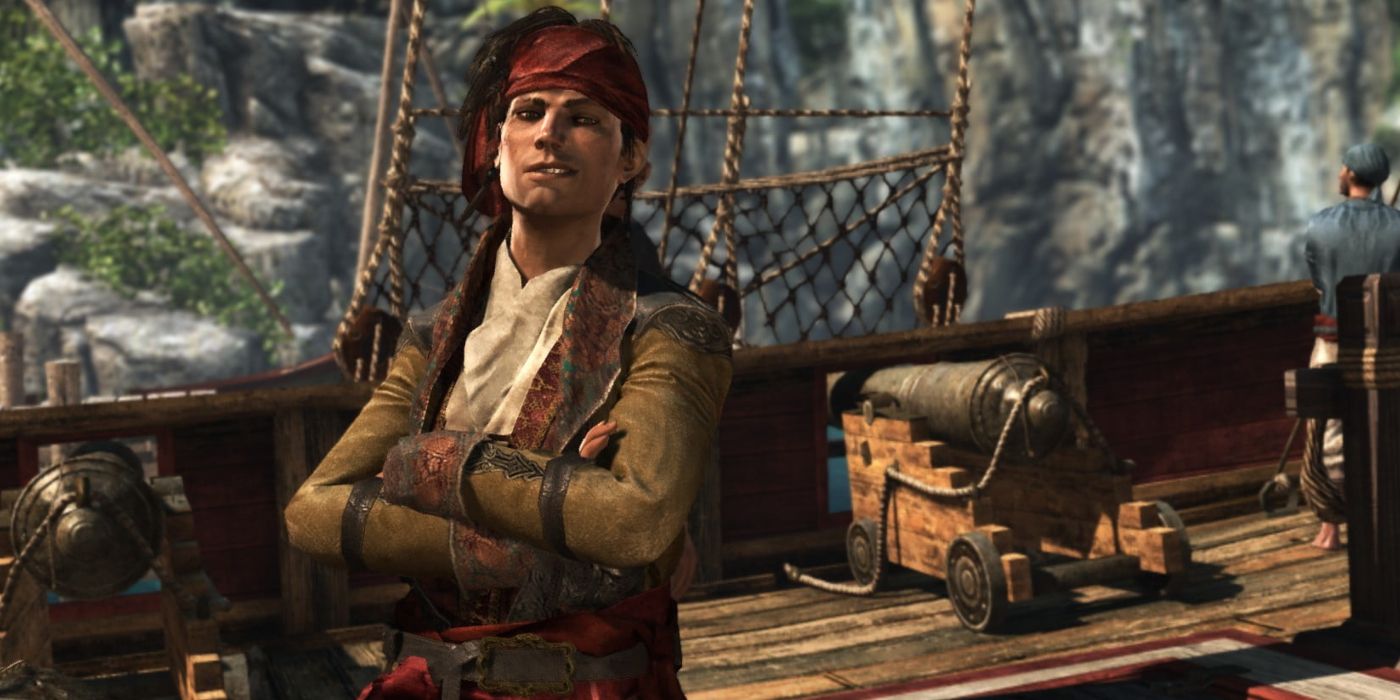
Mary Read
The third real-world Assassin's Creed: Black Flag character is Mary Read, one of a few famous female pirates. Read allegedly had a history of dressing and posing as a man, most notably as a young adult when she joined the British military. Her career as a pirate began around 1717, and she later disguised herself as a man and joined the crew of John Rackham, along with fellow female pirate Anne Bonny. However, their careers were short-lived. In 1720, all three pirates were arrested. Rackham received a death sentence and was executed, but Read and Bonny's sentences were delayed because they claimed to be pregnant. Read later reportedly died of a fever in April of 1721.
Anne Bonny
Of course, since Read appeared in AC: Black Flag, so did Anne Bonny. Originally from Ireland, Bonny moved to the Bahamas around 1718. There, she met Rackham and joined his crew, allegedly becoming his romantic partner, as well. Unlike Rackham and Read, Bonny did not die as a result of her capture in 1720. Instead, she was released and moved to Charles Towne (Charleston) in South Carolina, where she lived with a new husband and their children until she died around 1782.
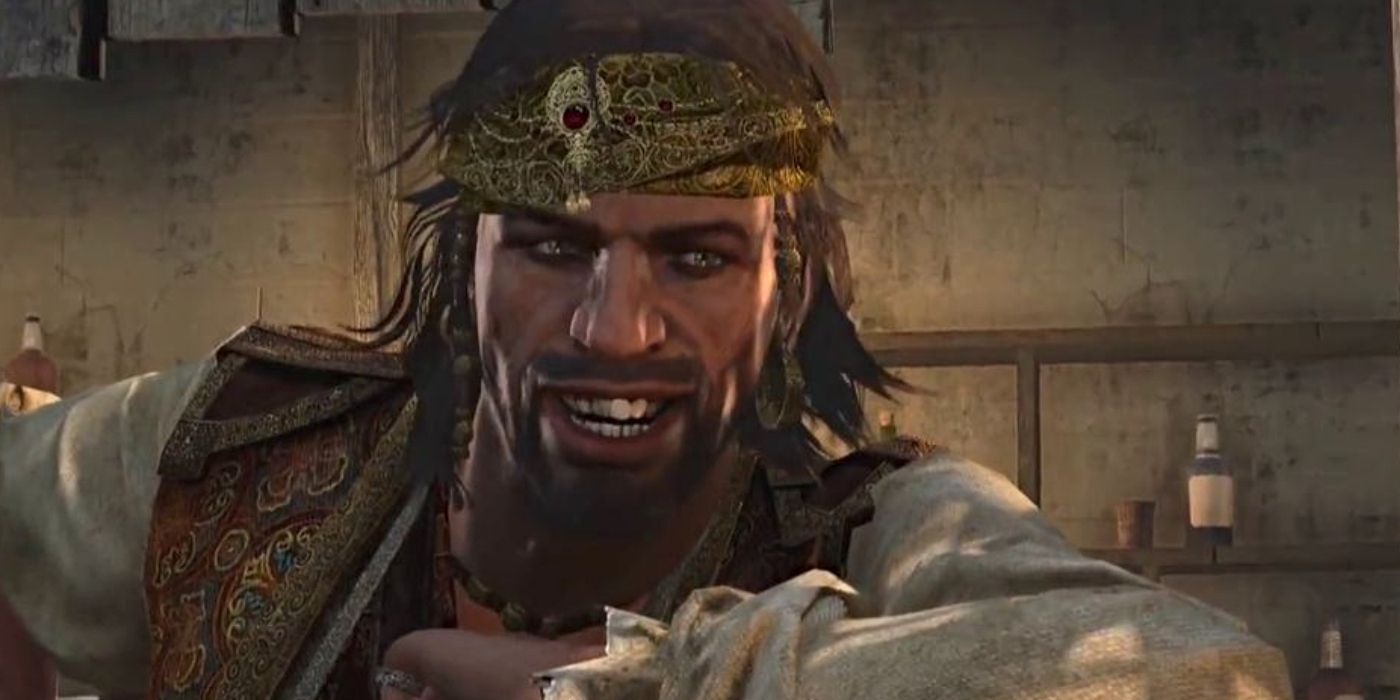
Jack Rackham
As one would expect, John Rackham, known by the nickname Calico Jack, is another Assassin's Creed historical figure depicted in Black Flag. Rackham's claim to fame, other than his two female crewmates, is the creation of the most recognizable Jolly Roger, the pirate flag with a skull and two swords crossed underneath, according to The Way of the Pirates. As mentioned earlier, Rackham was captured in 1720 by the pirate hunter Jonathan Barnet and subsequently hanged.
Stede Bonnet
Unlike most other pirates, Stede Bonnet was born into a fairly well-off family before becoming an outlaw. However, in 1717, Bonnet decided to turn to a life of crime, buying a ship, which he named Revenge, according to Smithsonian Magazine. He set sail for the Caribbean, where he met Blackbeard. The two worked together for a few years, although Bonnet's crew eventually abandoned him for Blackbeard, who was a much more competent captain. In the summer of 1718, Captain William Rhett of South Carolina pursued Bonnet for capture, and Bonnet was executed on December 10, 1718.
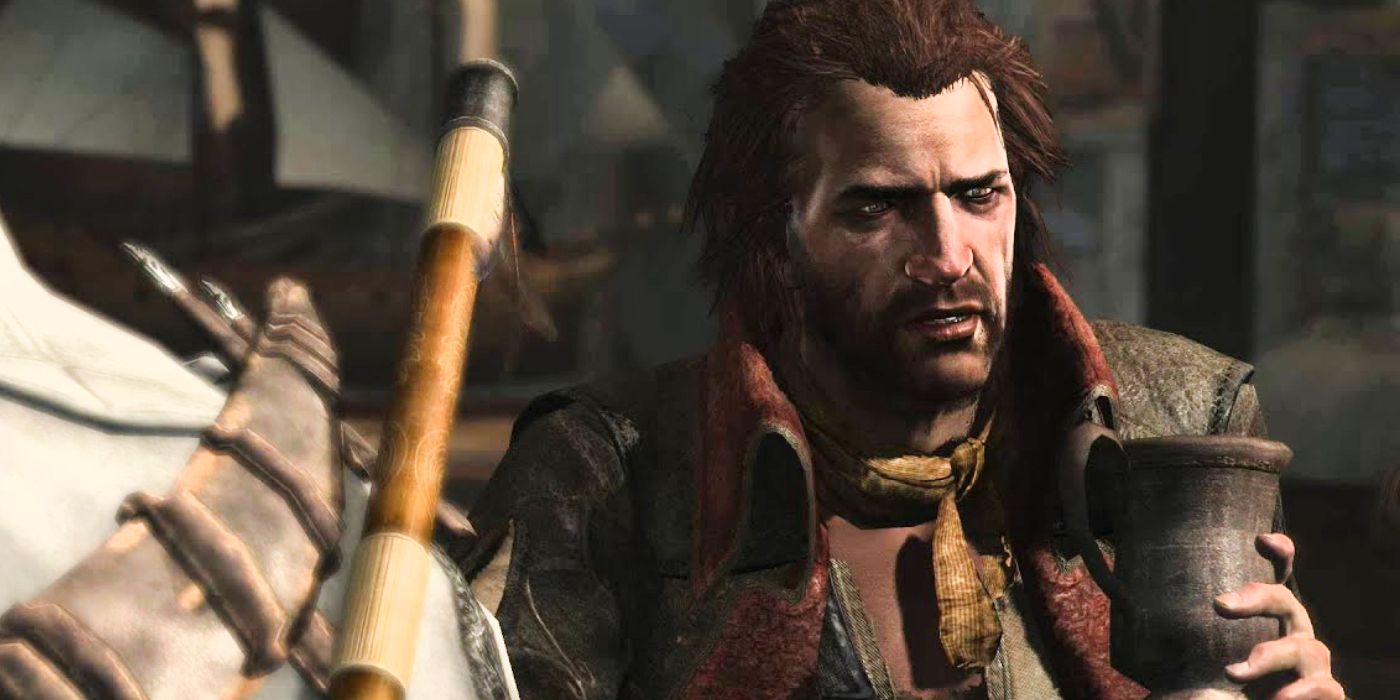
Charles Vane
Last but not least on the list is Charles Vane, who began his piracy career around 1716, according to The Way of the Pirates. In 1719 or 1720, Vane's ship was marooned by a hurricane in the Bay of Honduras, and a passing British ship arrested him, bringing him to Port Royal in Jamaica. He was executed in November of 1720. Unlike some of the other pirates featured in AC: Black Flag, Vane was known for his cruelty, and he often tortured and killed soldiers who were stationed on the ships he captured.
Assassin's Creed IV: Black Flag's developers, of course, took some liberties with all of these pirates' stories, since not all of them were active at the same time, and many were imprisoned or killed over the course of five years. But for fans of history and of the franchise, it's still cool to see real-world inspirations like these appear in such a popular franchise.
Source: Encyclopedia Britannica
from ScreenRant - Feed https://ift.tt/3vTIRft

0 Comments